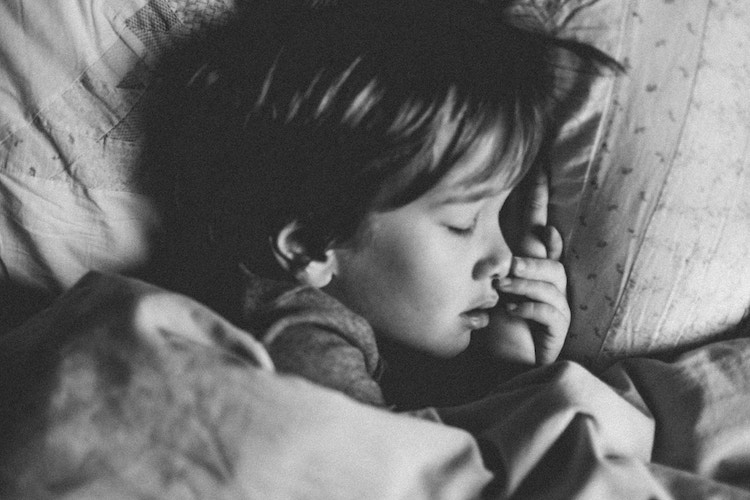
As a parent, you don’t want you little ones to go growing up too fast, but sometimes, in the blink of an eye, they’re developing at a rate of knots and it’s time to start making some appropriate changes in the bedroom to keep your kids happy and up-to-speed with their changes as a child too.
The average age for children to begin developing sleep habits is at around the 2-year-old mark. It’s at this stage that they will develop their sleeping position by moving from the supine (on the back) position to the prostration (lying on either side) position.
When they are at this stage in life, this is when pillows come into play. If you’re a new parent and you’ve not had to think about the right type of pillows for your child before then you’ll no doubt want some help picking what’s going to aid sound slumber in the house.
Sarah Cummings from Sleep Advisor explains that studies have led to the fact that children who sleep on their side with no pillow can result in injury to the neck area; perhaps not instantly, but over time.
Also, children tend to place one arm under their head as a substitute for a pillow at night-time, and this isn’t such a good thing for their shoulder girdle, Sarah clarifies.
Ideally, what you want from a pillow is to allow the neck to be rest in a neutral position throughout the time your child is asleep. So, for this to happen, having the right pillow is essential and we can help you to choose the idyllic pillow to make this happen you’re your nipper is put to bed.
This is why you shouldn’t give your children an adult’s pillow to sleep with as they’re designed for… Well, adults!
Here are some top tips on what you need to think about when it comes to the perfect pillows for your child.
Firm, soft, both?
This first point is essentially a case of getting a nice balance between both support and overall comfort.
Pillows that don’t regain their shape after being pressed on are going to be too soft, and are also a health risk to younger children as they can suffocate on these.
Conversely, when you press down on a pillow and it has little to no give then it’s more than likely going to be too hard to be of any comfort. Support is obviously paramount, but comfort needs to be factored in as well.
How about hypoallergenic?
If your toddler happens to be sensitive to dust, dust mites, mould and microbes, for example, then picking some hypoallergenic pillows, which are made from materials that will help reduce allergic reactions are a wise choice.
Which pillow cover material to use?
Typically, children’s pillows are made out of cotton. It’s best to choose the organic cotton versions as they don’t have the harmful toxins etc., that are regularly found in the process of making non-organic pillows along with their polyester counterparts.
It goes without saying that you don’t want your children breathing this type of thing while they are sleeping, so organic is your best bet. They will usually be marked so that you can tell if they’re organic or not. They do come at a premium in price, but it’s worth spending the extra.
If you are unable to buy the organic range, then you can buy the regular version but make sure you wash them several times before you allow your child to sleep on them as this will help wash away any residual chemicals used in the manufacturing process.
Consider the thread count?
Thread count is the number of threads per square inch of fabric on the pillow. Essentially, higher thread counts equate to a longer-lasting, smoother-feeling pillow. What’s more, if you pick a higher thread count option, they’re likely to be more comfortable and less scratchy on their face when they’re sleeping.
Which pillow fill material?
Finally, there’s the inside of the pillow to think about. Obviously, this is the actual bit that keeps your child’s head comfy, and more importantly, supported. There are many different materials that can be used, and the most common materials used for pillow fill include:
- Feathers
- Down
- Synthetic fill
- Foam/memory foam
The four materials we’ve listed there are frequently used due to their easy cleaning features. You should think about the noise that the pillow fill makes before you commit to buying as this can determine how restful your child’s sleep is.
Some synthetic-style fills can be loud and make that crinkling kind of whenever there’s any movement on them, which would preferably be avoided for the sake of your child and you, we’re sure!



























